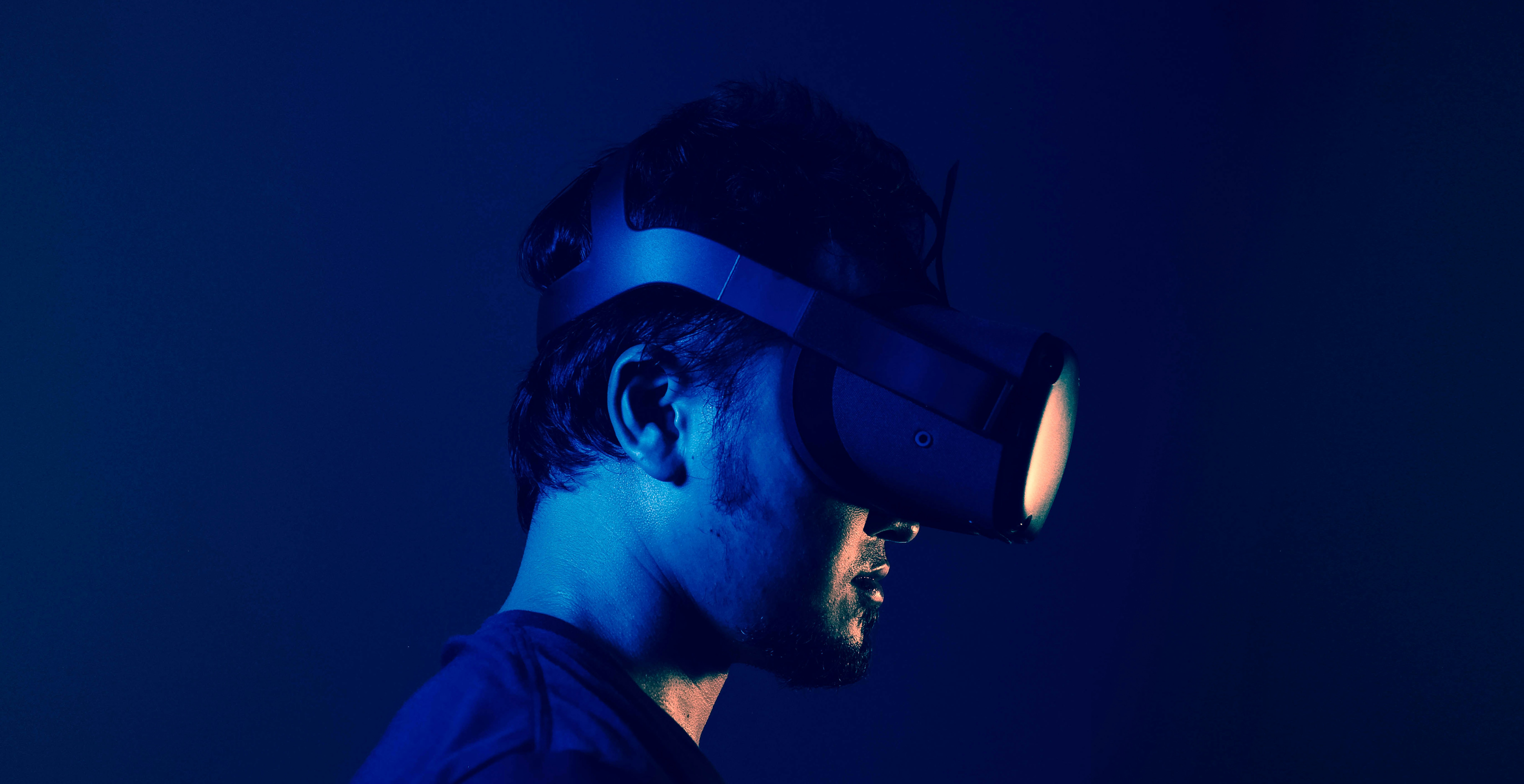
The Ultimate Assessment-Centre Survival Guide for Medical Technology Jobs in the UK
Assessment centres for medical technology positions in the UK are designed to replicate the precise, regulated environments of medtech R&D and manufacturing. Through psychometric assessments, hands-on device simulations, regulatory reasoning tasks, group innovation workshops, case studies and interviews, recruiters evaluate your technical competence, adherence to compliance standards and collaborative skills. Whether you work in diagnostics, surgical devices or digital health, this guide provides a step-by-step roadmap to excel at every stage and secure your next role in medical technology.
Why Assessment Centres Matter for MedTech Roles
Medical technology demands rigorous technical know-how, meticulous attention to detail and a thorough understanding of regulatory frameworks. Assessment centres allow employers to assess:
Device testing proficiency: Accuracy in simulations of calibration, validation and usability tests.
Regulatory comprehension: Application of MHRA, CE marking and ISO 13485 requirements in decision-making exercises.
Innovation and problem-solving: Creativity in group workshops to design or improve medtech solutions.
Soft skills: Communication, teamwork and leadership under pressure.
Excelling across these activities—from medical technology psychometric tests UK to lunch-time networking—demonstrates you have the all-round expertise to drive medtech innovation safely and effectively.
Pre-Centre Preparation
Start your preparation 4–6 weeks before the assessment:
Research the organisation and products
Study their device portfolio: diagnostic kits, implantable devices or digital health platforms.
Review recent regulatory approvals, clinical trials and white papers.
Clarify the agenda
Confirm which exercises to expect: psychometric assessments, device simulation tasks, regulatory reasoning, group innovation, technical and behavioural interviews.
Request a detailed schedule from HR if available.
Refresh core technical and regulatory knowledge
Device design principles, biocompatibility, risk management (ISO 14971).
Regulatory standards: CE marking process, MHRA guidance, FDA basics as context.
Practice device simulations
Use virtual labs or recorded demos to rehearse calibration and validation protocols.
Conduct timed usability assessments and fault-finding drills.
Psychometric test drills
Practice numerical, logical and situational judgement tests tailored to technical and compliance scenarios.
Acing Psychometric Assessments
Psychometric tests standardise evaluations of reasoning and behavioural traits crucial in regulated medtech settings.
Common Formats
Numerical Reasoning: Interpret calibration data, batch testing results and performance metrics (20–30 mins).
Logical Reasoning: Identify fault patterns in device logs or assembly processes (15–20 mins).
Verbal Reasoning: Comprehend regulatory excerpts or technical method statements (20–25 mins).
Situational Judgement: Choose best responses in compliance breach or clinical trial dilemmas (15–20 mins).
Preparation Tips
Use sector-specific practice tests when available.
Review basic statistics, risk assessment principles and data presentation norms.
Simulate timed sessions to enhance pacing and accuracy.
Device Simulation and Technical Tasks
Hands-on simulations assess your practical skills in device development and testing.
Typical Exercises
Calibration Protocol: Simulate adjustment of sensors or measurement instruments to known standards.
Usability Test: Conduct a step-by-step evaluation of a prototype, noting ergonomic and user-interface issues.
Fault Diagnosis: Analyse device log files or error codes to identify root causes of malfunction.
Best Practices
Plan your approach: Outline procedure steps, safety checks and acceptance criteria.
Document precisely: Record findings, instrument settings and any deviations clearly.
Analyse comprehensively: Assess both technical and user-centred aspects of performance.
Communicate succinctly: Summarise results with clear recommendations for next steps.
Regulatory Reasoning Exercises
Regulatory tasks test your understanding of standards and ability to apply them.
Example Scenarios
Determining classification and conformity assessment path for a new device.
Assessing necessary documentation for a design change under MDR.
Prioritising corrective actions following a simulated audit finding.
How to Excel
Reference appropriate regulations: MDR/IVDR, ISO 13485, MHRA guidelines.
Demonstrate risk-based thinking: link non-conformities to patient safety and mitigation strategies.
Structure your rationale: step through classification rules or audit requirements methodically.
Group Innovation Workshops
Group exercises simulate interdisciplinary brainstorming to solve medtech challenges.
Scenario Examples
Designing a low-cost diagnostic device for point-of-care testing.
Ideating enhancements for remote patient monitoring systems.
Developing a concept for an AI-driven image analysis tool for radiology.
Stand-Out Strategies
Kick off by clarifying user needs and success metrics.
Assign roles: facilitator, scribe, prototype advocate, presenter.
Encourage creative yet feasible ideas, balancing innovation with regulatory constraints.
Converge quickly on a prototype concept and outline next-phase development steps.
Individual Interviews: Technical & Behavioural
Interviews explore both your technical depth and cultural fit.
Technical Interview Focus
Deep dives into past projects: prototype design, validation protocols and clinical trials.
Troubleshooting queries: how you’d address biocompatibility issues or software bugs.
Theory questions: explain sterilisation methods, traceability requirements or human factors considerations.
Behavioural Interview Focus
Use the STAR method:
Situation: A critical device failure during testing.
Task: Your role—lead investigator, corrective action coordinator.
Action: Specific steps—root cause analysis, risk assessment, stakeholder communication.
Result: Quantify improvements—reduced error rates, faster resolution times.
Lunch Etiquette & Informal Networking
Informal breaks reveal interpersonal skills and cultural fit.
Lunch Best Practices
Arrive punctually, follow polite table manners and be mindful of hygiene.
Engage in inclusive conversation: medtech trends, hobbies or travel.
Offer to share condiments or explain unfamiliar dishes.
Keep devices away; stay present in dialogue.
Networking Pointers
Ask assessors about their experiences in medtech development.
Discuss recent innovations: connected devices, AI diagnostics or wearable sensors.
Exchange LinkedIn details to continue the professional connection.
Managing Stress and Maintaining Clarity
Assessment centres are demanding—use strategies to remain composed.
Ensure 7–8 hours’ sleep and a balanced breakfast.
Take micro-breaks: stretch, practise breathing or get fresh air.
Stay hydrated and have a light snack handy.
Recall past successes to boost confidence.
Post-Centre Follow-Up & Reflection
A thoughtful follow-up emphasises your professionalism.
Thank-you emails: Personalise to each assessor, referencing specific tasks or discussions.
Self-review: Document areas of strength and opportunities for further development—technical precision, regulatory knowledge or teamwork.
Continued engagement: Share relevant articles or insights on LinkedIn to stay top of mind.
Conclusion
Acing a medtech assessment centre in the UK demands a blend of technical expertise, regulatory understanding and collaborative innovation. By mastering psychometric assessments, device simulations, regulatory reasoning, group workshops and interviews—and by presenting yourself professionally in informal settings—you'll demonstrate the comprehensive skillset needed to advance medical technology.
Call to Action
Ready to transform healthcare through technology? Visit Medical Technology Jobs to explore the latest vacancies, access expert resources and subscribe to tailored job alerts. Begin your journey in medical technology today!
FAQ
Q1: When should I start preparing for a medtech assessment centre? Start 4–6 weeks ahead to rehearse device simulations, review regulations and practise psychometric tests.
Q2: Which regulatory frameworks should I prioritise? MDR/IVDR, ISO 13485, MHRA guidance and FDA basics for context.
Q3: How can I show innovation within regulatory constraints? Balance creative concepts with safety and compliance—reference risk management and usability standards.
Q4: Are informal interactions assessed? Yes—table manners and networking breaks reveal communication style and cultural fit.
Q5: What’s the best timeline for follow-up? Send personalised thank-you emails within 24–48 hours and connect on LinkedIn for ongoing dialogue.


